The Earth has been home to countless species of animals throughout its history, and while many have gone extinct, some of them still hold a place in our imagination today. These extinct animals were once a dominant presence on the planet, terrorizing other creatures and ruling their respective ecosystems. From giant prehistoric predators to massive armored beasts, these animals have left a lasting legacy on our world.
In this article, we’ll take a look at 10 of the most dangerous extinct animals to have ever roamed the earth. From prehistoric sharks to massive dinosaurs, these animals were true forces to be reckoned with.
Let’s take a look at these dangerous beasts.
Top 10 Most Dangerous Extinct Animals
Here is the list of the top 10 most dangerous extinct animals that once dominated the earth:
1. Megalodon
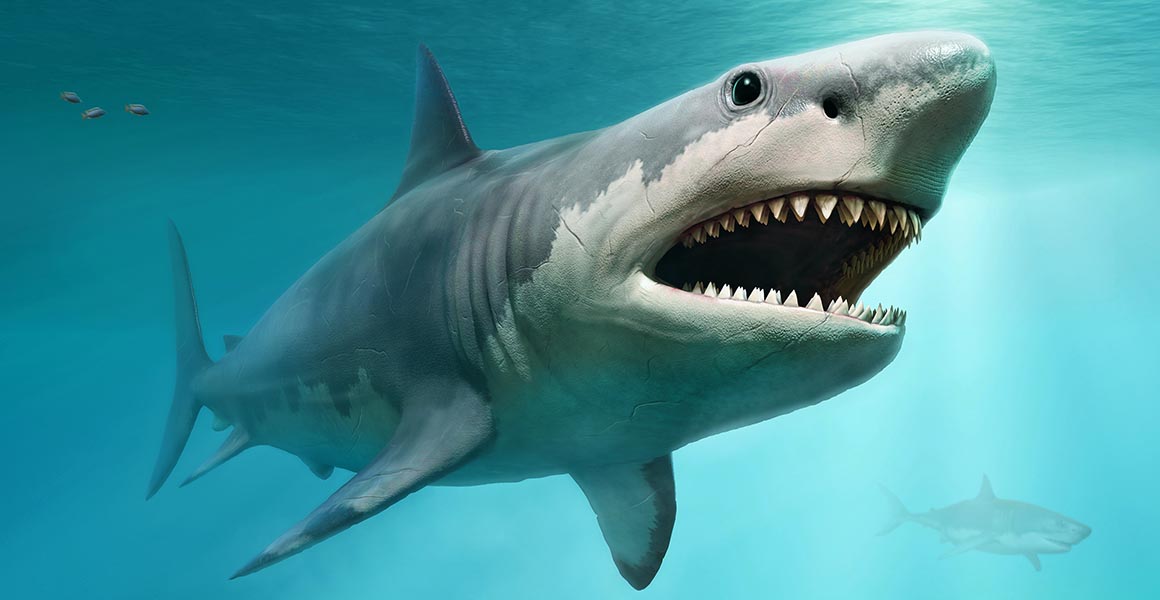
The Megalodon, or Meg, was a giant prehistoric shark that was the fiercest predator to have ever lived on the Earth. Growing up to 60 feet long and weighing over 50 tons, the Meg was one of the largest creatures to ever roam the ocean. During the Miocene and Pliocene epochs, the Megalodon was the devil of the seas, preying on a variety of other marine creatures including whales, dolphins, and seals. The giant prehistoric shark Megalodon went extinct over 3.6 million years ago.
2. Tyrannosaurus Rex
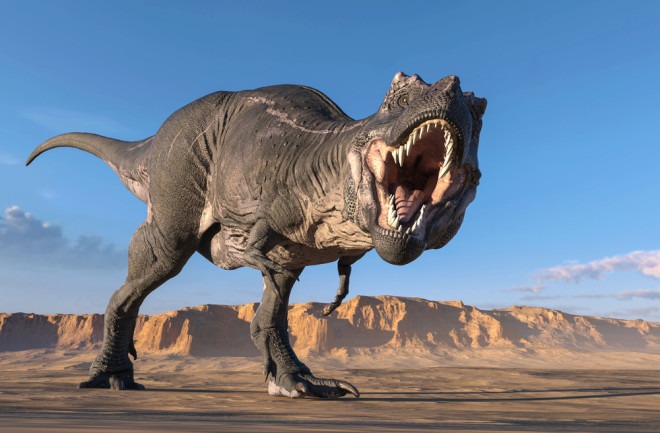
The Tyrannosaurus Rex, simply known as the T-Rex, was one of the largest and deadliest carnivorous dinosaurs that lived during the late Cretaceous period. It was a massive predator, estimated to have weighed up to 6.8 metric tonnes and measured up to 12 meters in length. Despite its massive size, T. rex was impossibly fast on its feet, and its bite force was strong enough to shatter bones. This combination of size, speed, and strength made T Rex an apex predator. The massive dinosaur went extinct over 65 million years ago.
3. Smilodon (saber-toothed tiger)
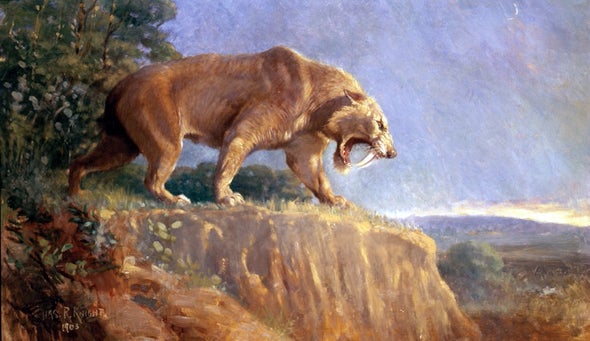
The Smilodon, also known as the Saber-toothed tiger, was a large predatory cat that roamed North and South America during the Pleistocene era. The Smilodon was a large predatory cat that roamed North and South America during the Pleistocene era. It was characterized by a long canine tooth and powerful jaw that was used to take down large prey such as horses, bison, and even mammoths. It is one of the most famous extinct mammals. Despite its resemblance, the Smilodon was not related to tigers and modern cats. Its large size and fierce hunting style made the Smilodon one of the most dangerous predators of its time. The beast went extinct about 10,000 years ago.
4. Teratornis
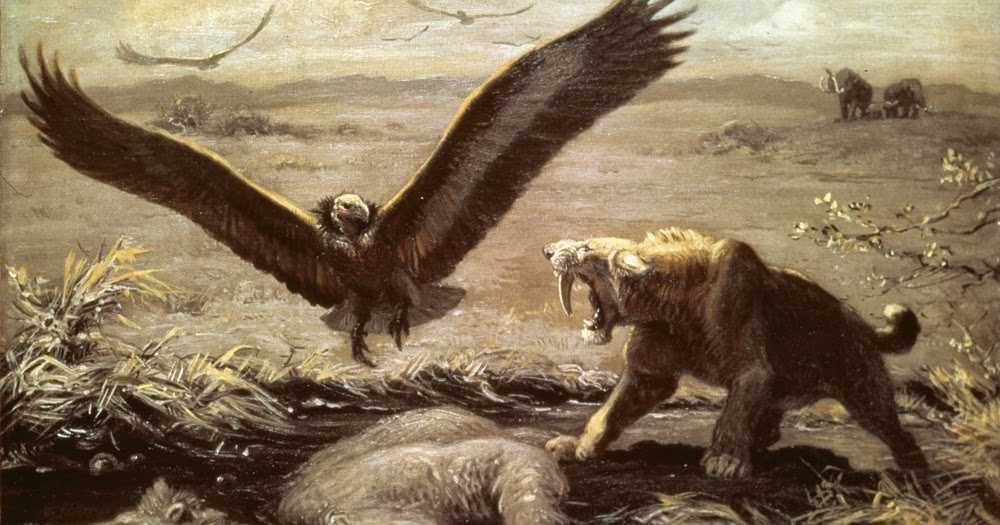
The Teratornis was a giant bird of prey with a wingspan of up to 20 feet. Found in the Americas during the Pleistocene epoch, this massive avian creature was an impressive sight, and with its formidable wingspan, it would have been able to hunt large mammals. At the end of the Pleistocene epoch, some 10,000 years ago, the massive avian went extinct.
5. Quetzalcoatlus
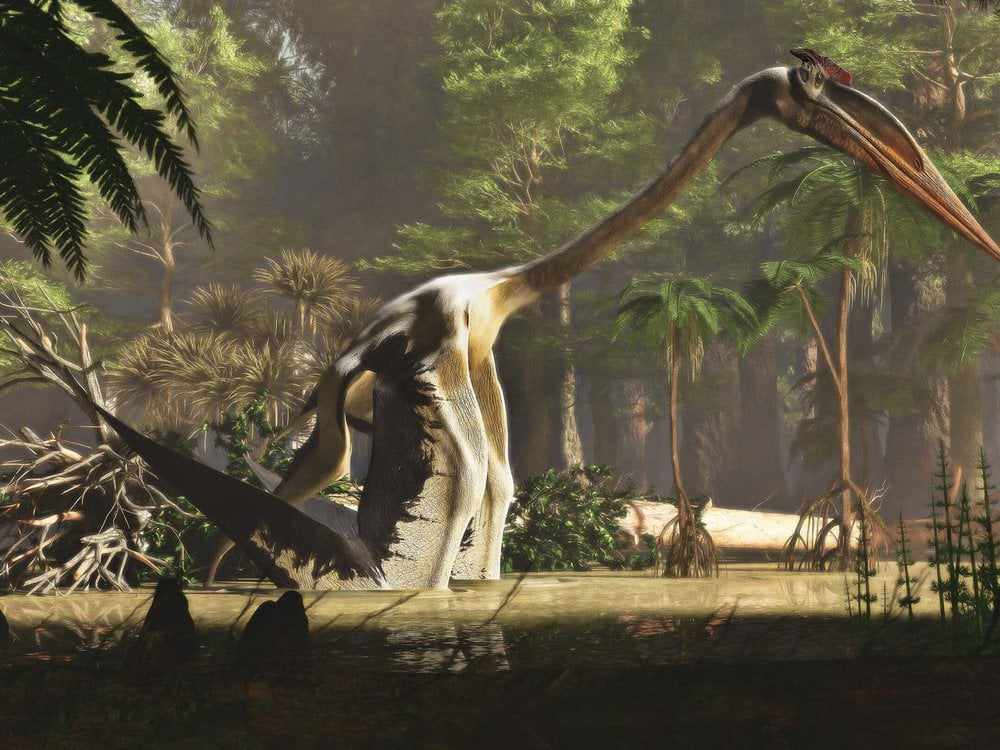
The Quetzalcoatlus was a large pterosaur that lived during the Late Cretaceous period. The advanced toothless pterosaurs of the Azhdarchidae family, which includes Quetzalcoatlus, had unusually long and stiffened necks. This pterosaur is thought to have been one of the largest animals ever to fly, with estimates placing its wingspan as wide as 10–11 meters. This allowed them to consume food in areas that their contemporaries could not reach, while their large wings enabled them to cover great distances without expending much energy. The beast went extinct some 65 million years ago.
6. Dunkleosteus
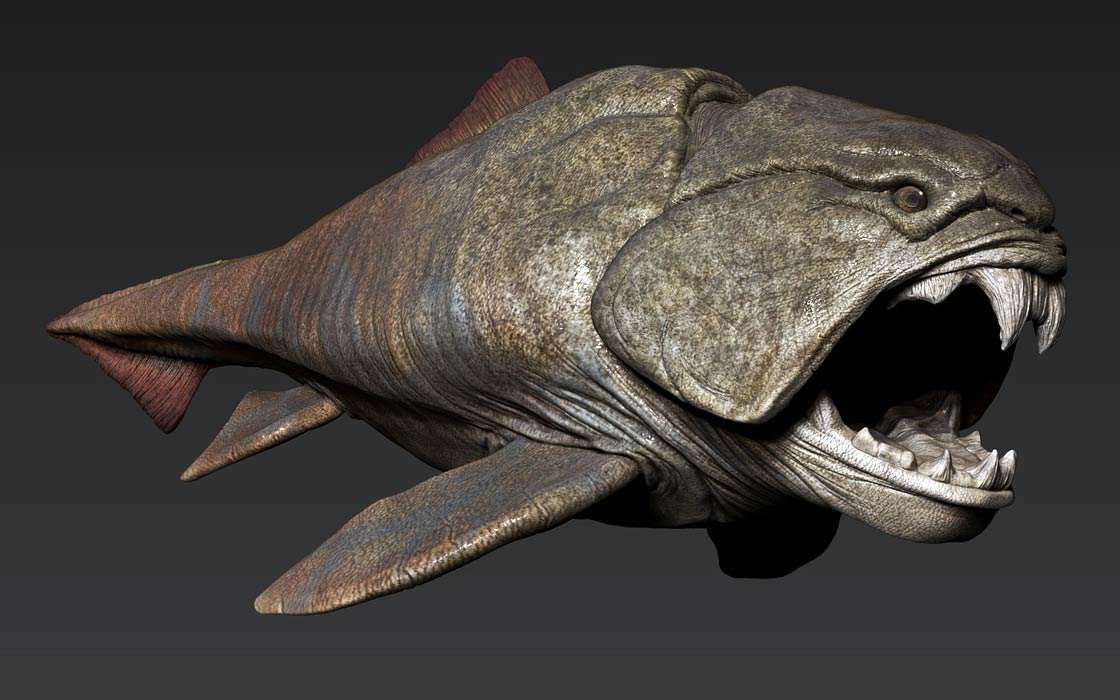
The Dunkleosteus was a massive armored fish that lived in the Devonian period. Believed to be the true first apex predator of its time, the Dunkleosteus was over eight meters in length and had an incredibly strong jaw capable of crushing shells and bones. It was the largest vertebrate of its day. The armored apex predator went extinct over 358 million years ago.
7. Titanoboa
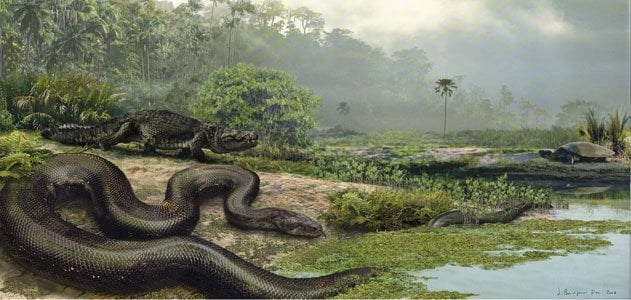
The Titanoboa was a giant snake that lived in South America during the Paleocene epoch and was the largest snake ever discovered. The snake reached up to 50 feet in length and weighed over 2,500 pounds. The massive predator went extinct 60 million years ago.
8. Sarcosuchus

The Sarcosuchus was a giant prehistoric relative of the crocodile that lived about 112 million years ago. It was an enormous reptile with an average length of 10 to 11 meters, weighed up to 8 tons, and had razor-sharp teeth. The Sarcosuchus was a formidable creature, not only due to its size and power but also because of its remarkable adaptability. It was the foe of many large animals. The giant reptile went extinct 10 million years ago.
9. Helicoprion
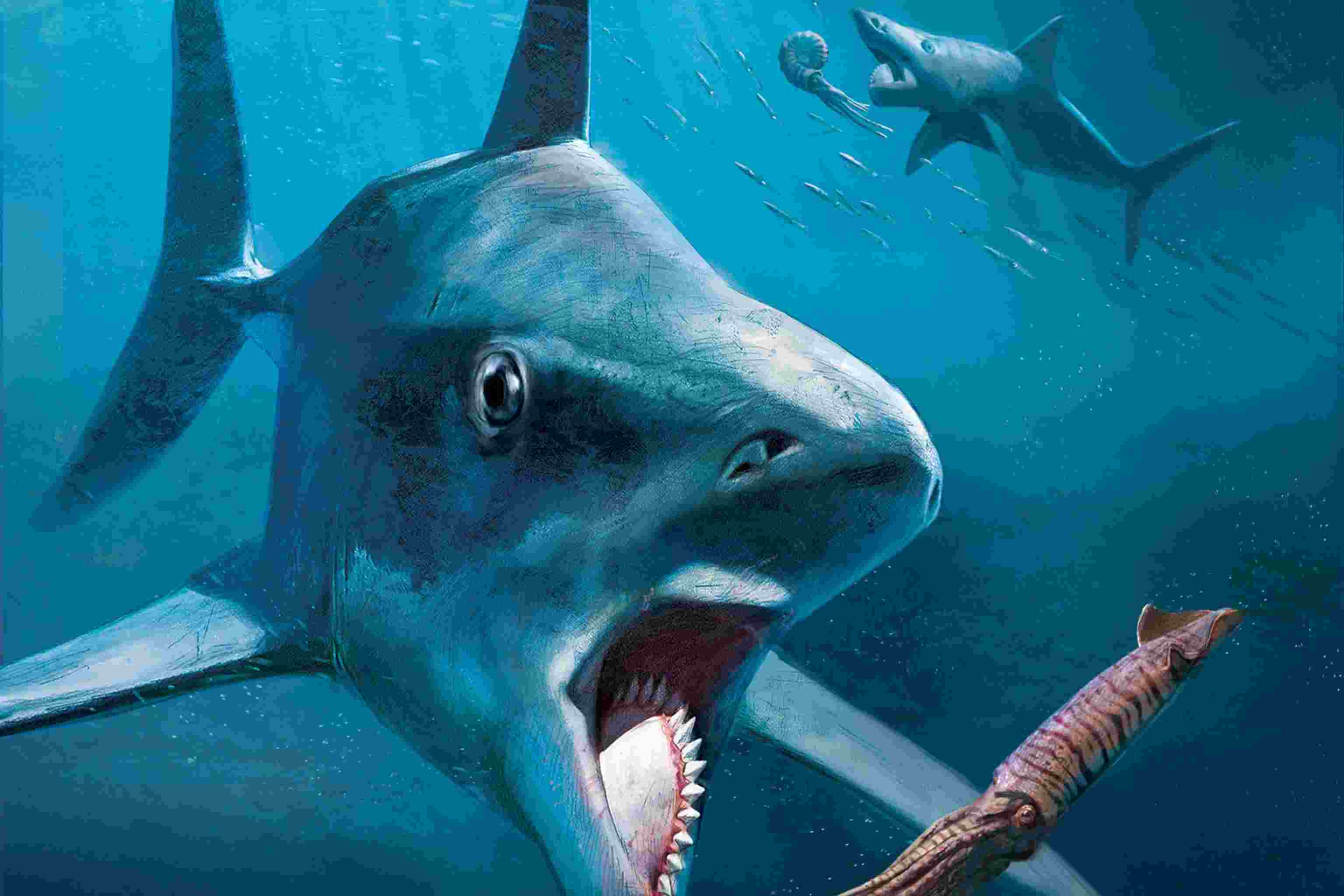
The Helicoprion was an ancient predator with a deadly jaw that lived from the early Permian Period to the early Triassic Period. Its name comes from the Greek words helios, meaning “spiral,” and prion, meaning “saw.” It is believed to have had a curved, spiral-shaped jaw composed of several hundred teeth that could reach lengths of up to 3 meters.
10. Deinonychus
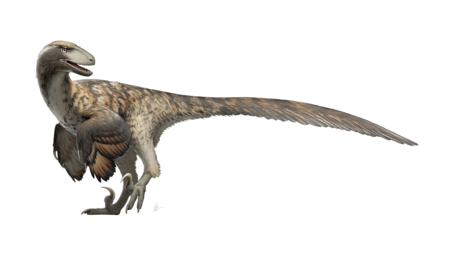
The Deinonychus was a large, fast-moving dinosaur with large, sharp claws on its feet. It was an impressive predator, standing at about 3.4 meters long. Its claws were likely used to capture and tear apart its prey, while its size and speed enabled it to hunt larger animals. The Deinonychus had an unusually large brain, suggesting it was highly intelligent and adaptive. This combination of features made the Deinonychus an impressive and formidable predator, giving it a key role in the ecosystem of its time. The formidable predator went extinct about 115 million years ago.
The above-mentioned 10 animals were the greatest predators of their time. They were ferocious hunters, able to take down the most capable prey because of their strength, speed, and agility. These animals played a significant role in shaping the world’s ecosystems. While their existence may now only be known through fossils and remnants, their impact on the environment and the evolution of other species will always be remembered. It serves as a reminder of the fragility of life on this planet and the importance of preserving the diversity of species that still exist today.





